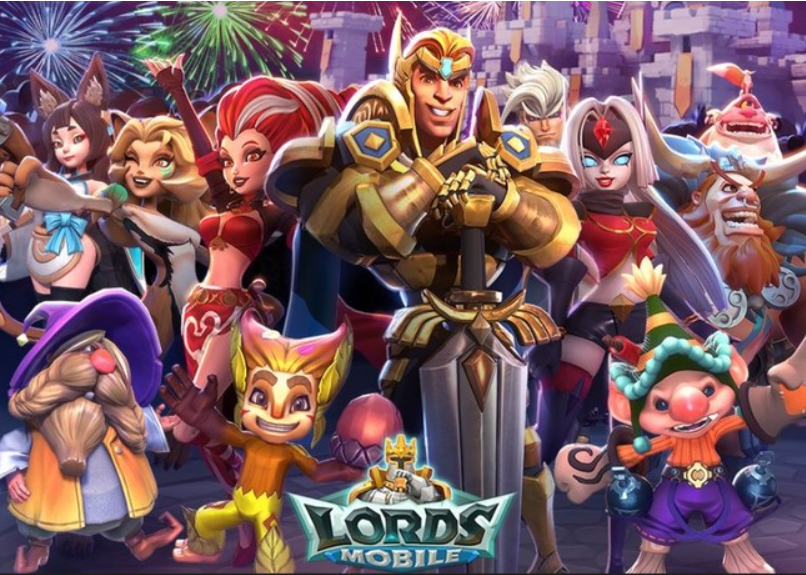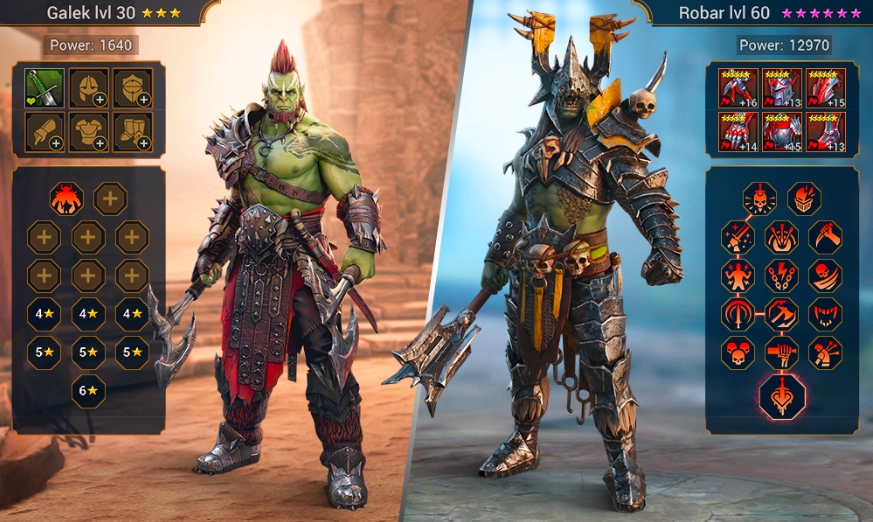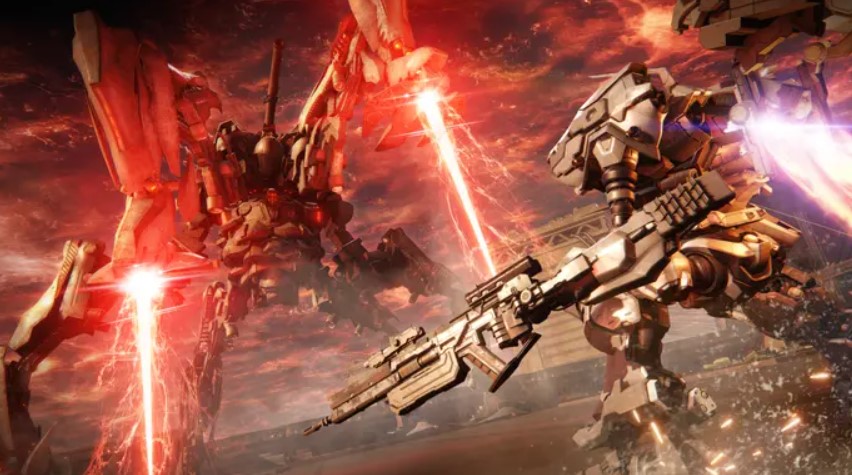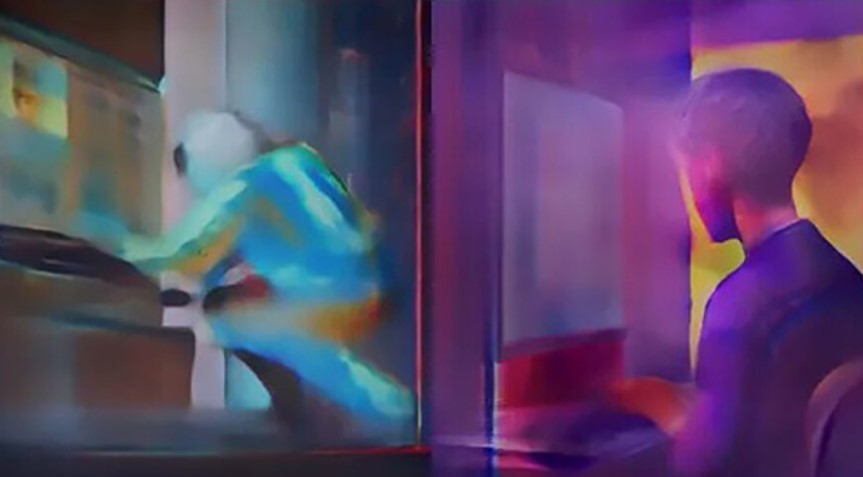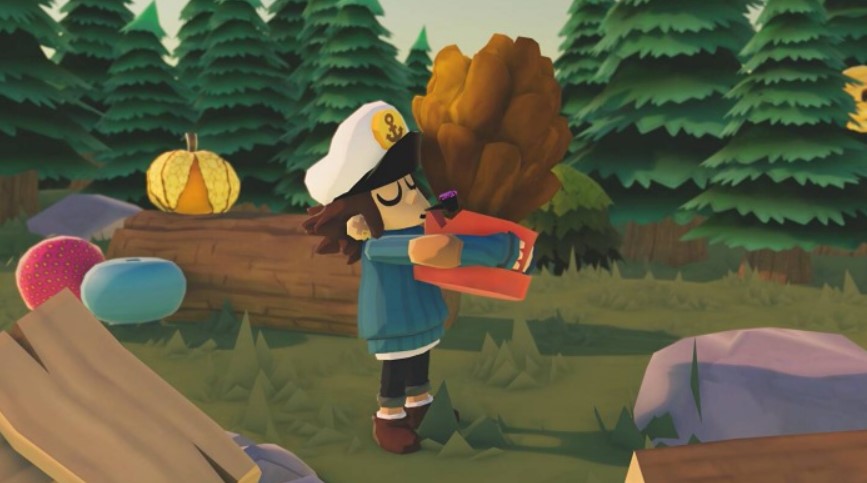
When press and influencers are looking for more information about a particular game they want to cover, press kits are almost always what they need.
Press kits are something every game developer, regardless of size, deals with. Press kits provide details about the title, story, and development team, and each kit is tailored specifically for the game and its developer.
The aim is to make it easy for press and content creators to get all the information they need about the game in one place. This GamesIndustry.biz ACADEMY guide gives publishers and developers the basics on what to include in their press kit, how to set it up, and how to get it to those who need it.
Why use a press kit?
Lincoln Davis , director of publishing at Polyarc Games , explains that press kits are a centralized platform for communicating media, streamers and influencers about the studio and its latest news.
Rockfish Games CEO Michael Schade said , “Thanks to open digital distribution and access to professional game engines like Unreal and Unity at no upfront cost, barriers to entry to creating and marketing video games have never been greater. And we’re seeing more indie developers getting into this space and getting more media attention,” he adds.
Having a good press kit, even if it’s an independently developed game, shows professional intent – Michael Schade
”Journalists and top content creators receive tons of emails every day, so the easier it is to browse your marketing materials, the better. And having the right press kit can help even one person Even if you’re developing a game at , you can show your professionalism.”
Half Past Yellow’s game director Max Wrighton said that in his case, he chose to use a press kit. ,Explains that it was because of observing the marketing trends of game creators.
”We were a small, very new company and didn’t have a dedicated marketing or PR person,” he says. “In general, I try to get advice from partners, blog posts, and peers when I get the chance.”
What does an indie developer need in a press kit?
At the most basic level, the media kit contains information about the game (name, developer/publisher, platform, price, if there is a release date), the team (who are the key members, where is the studio, business and press inquiries). What should I do), and various assets need to be provided (more on that later).
Former Eurogamer editor-in-chief Martin Robinson says the best press kits are the simplest.
”9-12 screenshots, a trailer, a small amount of B-roll , and perhaps most importantly, high-quality artwork to make sure the coverage on our site really gets posted. We recommend Google Drive or Dropbox links that contain folders,” he says.
●Copy
Davis explains that content creators and websites all need the same information.
”If you have news, images/videos, and quotes for articles, it’s okay for anyone to look at the press kit,” he says. Lee Guille,
communications PR director at Rockfish Games , points out that for a press kit to be useful to any visitor, it must be relevant, curated and organized there is Information should be as transparent and concise as possible. For example, details about a game should be no more than two paragraphs long.
From a marketing perspective, Guille says Rockfish Games focuses on easy-to-use, factual copy, with some light advertising to make it fun. But press kits have to be unique, tailored to each game.
He added, “If the message you’re trying to convey gets lost in tone, it’s time to take a step back and reassess. Today’s media, streamers, and influencers are looking to cover studio news announcements. We need very little information,” he says.
As for the tone of language that fits the press kit, Davis says it should reflect the culture of the studio. But it adds that developers should be careful not to “waste people’s time with unnecessary chit-chat.”
”Providing ‘color’ and ‘story’ feeds them. When you write material, be honest. You’re writing for an audience who knows the industry. When you read it, give them value. Everyone loves statistics.” Katharine Castle
, editor-in-chief of Rock Paper Shotgun , said the press kit copy was also about game mechanics, core hooks, and how to stand out. emphasized that it should be explained. ”When I write about a game, I already have some awareness of the game, so any supplemental information I didn’t put out in the press release would be more valuable here,” he said. explain. “Especially for difficult games and large open worlds with lots of side quests and optional events, having summaries and guides on these aspects can help you get a lot out of the game that you wouldn’t get otherwise. Images Davis says that , as a general rule, you should prioritize images that pique the interest of people who want to know more about the game. Press and streamers work to get people’s attention, so it’s important to provide them with material to get them interested. The images are prepared in high resolution and in multiple formats compatible with PCs and mobile terminals.
Davis adds that people will want to look at studios and their teams and get a better sense of the game.
Just give (people) the assets you want them to use that help explain the story – Lincoln Davis
”This is not rocket science,” he says. “You just give [people] the assets you want them to use that help explain the story,” he says.
Guille adds that it’s important to strike a balance between having too much and not too little content.
”Of course, you want to showcase every aspect of your game, but well-chosen imagery works better than shotgun shooting,” he says. “Looking at many successful titles, there are only a handful of images that are truly iconic, so take your time figuring out what that looks like in your own game,” Guille said
. It warns that manipulating screenshots is tempting, but could lead to backlash from fans and the media. In the Everspace 2 example, he explained that the screenshots were formulated to represent the color variations of the title. For that reason, he said that he used in-game photos to select images.
”It’s important to show the important parts of the game that players will encounter, such as the UI and the inventory system,” he explains. “Images like this illustrate a system that players spend a lot of time on, and are sometimes more engaging with fans of the genre than flashy boss fights.
” Guille explains that it depends on the genre of the game.
”In character-driven titles like RPGs and shooters, having images that show their personalities and backgrounds helps tell the story around the game,” he says. “RTS and RPG fans may be interested in game maps, and communities in other genres each have their own peculiarities,” Guille added, adding that when it comes to wooing streaming and content creators, the key art
is point out that it is essential.
”By providing art that people who create visual content for titles can use for overlays, thumbnails, etc., it’s much easier than searching on Google and provides an official, high-quality option,” he says. .
Schade explains that it would be useful for outlets to provide layered PSDs (Adobe Photoshop files) that can be used in various compositions. Screenshots and concept art should also be published in high quality without logos to make them as accessible as possible, he said.
Castle reminds us that screenshots and key art with watermarks are generally not allowed in the press. He also said that it’s generally preferable to use JPEG images for visual assets.
Guille emphasized that using GIFs in press kits can make a game more memorable if the developer wants that content associated with the game.
It’s also possible to include other images, such as developer headshots, but only if they contribute to the overall story of the game’s campaign.
Wrighton also said that the selection of the visual assets used in Time on Frog Island was done jointly with the help of Half Past Yellow publisher Merge Games.
”We contacted artists we liked, asked them to recommend artists we didn’t know yet, and then chose the artists who would create the key art pieces,” he explains.
●Video assets
Video has become a central part of the marketing assets provided by developers. Rockfish Games’ Guille explains that press kits should generally include at least the latest video assets delivered to the press, as well as a trailer announcing the release date.
He also said that the content featured in videos and trailers should be carefully curated. For example, you need to emphasize the story, characters, environment, etc. You also need to consider gameplay-specific videos.
Guille gave specific advice on how to create a trailer, stressing that the final image should simply convey information such as release date, platform, wishlist location and logo.
If you need specific advice on trailers, head over to GamesIndustry.biz ACADEMY for everything from how to build anticipation ( related article ) to how to throw away the formula ( related article ), 7 Questions to Ask Yourself Before Making a Trailer ( There are guides on the subject, from related articles ) to Steam-specific advice . Contact details The press kit should include contact information for the studio and development team, including email addresses, Castle points out.
We also recommend that you list the most appropriate spokesperson for each game and, in some cases, add internal contacts in case the spokesperson is not available.
”Similarly, when it comes to technical issues, having the right contacts helps speed things up,” he added.
Where will the press kit be distributed?
Game studios can host press kits on programs and websites such as Dropbox, Hightail, Google Drive and Terminals.io. A media kit can also be a simple PowerPoint or Word document that can be downloaded on the website.
”[With a press kit on Dropbox] it’s easy to update and upload as much content as you like,” Schade explains. “For example, we provide high-quality MP4s of all trailers for media and content creators to download and integrate with interviews, trailer rotation, and weekly game news formats.”
Ease of use is important for both you and your audience – Lee Guille
”The full press kit is linked to the Terminals and Everspace website, which also has a media-only section that makes it a more natural place for fans to browse,” Guille said of Rami Ismail’s Presskit
. is an easy platform and tool for indie developers, highlighting free templates for game information and assets.
”Ease of use for both you and your readers is important, and it’s worth keeping in mind whichever option you choose,” he says.
Wrighton also said: “Rami Ismail created Presskit to help indies (or anyone who wants to use it) create better press kits in less time. If it didn’t fit, or if it was difficult to obtain images or videos, I would sometimes give up on an indie game.”
What are the most common mistakes developers make in press kits?
Guille points out that not spending enough time creating a press kit is one of the most common mistakes developers make.
”Leaving the press kit until the last minute is the most common mistake I’ve seen in my PR and communications career,” he explains.
The time between a studio announcing a game and releasing it to market can be stressful. Studios should allow enough time for asset selection, text drafting and screenshots to facilitate this process. With more time comes more space to identify opportunities for your marketing plan.
Guille explains that updating the press kit after launch is also important.
”It’s important to keep your press kit up and running after launch. Adding post-launch assets, such as a trailer showing praise, is often overlooked, but something that everyone on your team can look back on in a few years. We’ll be able to do it.”

